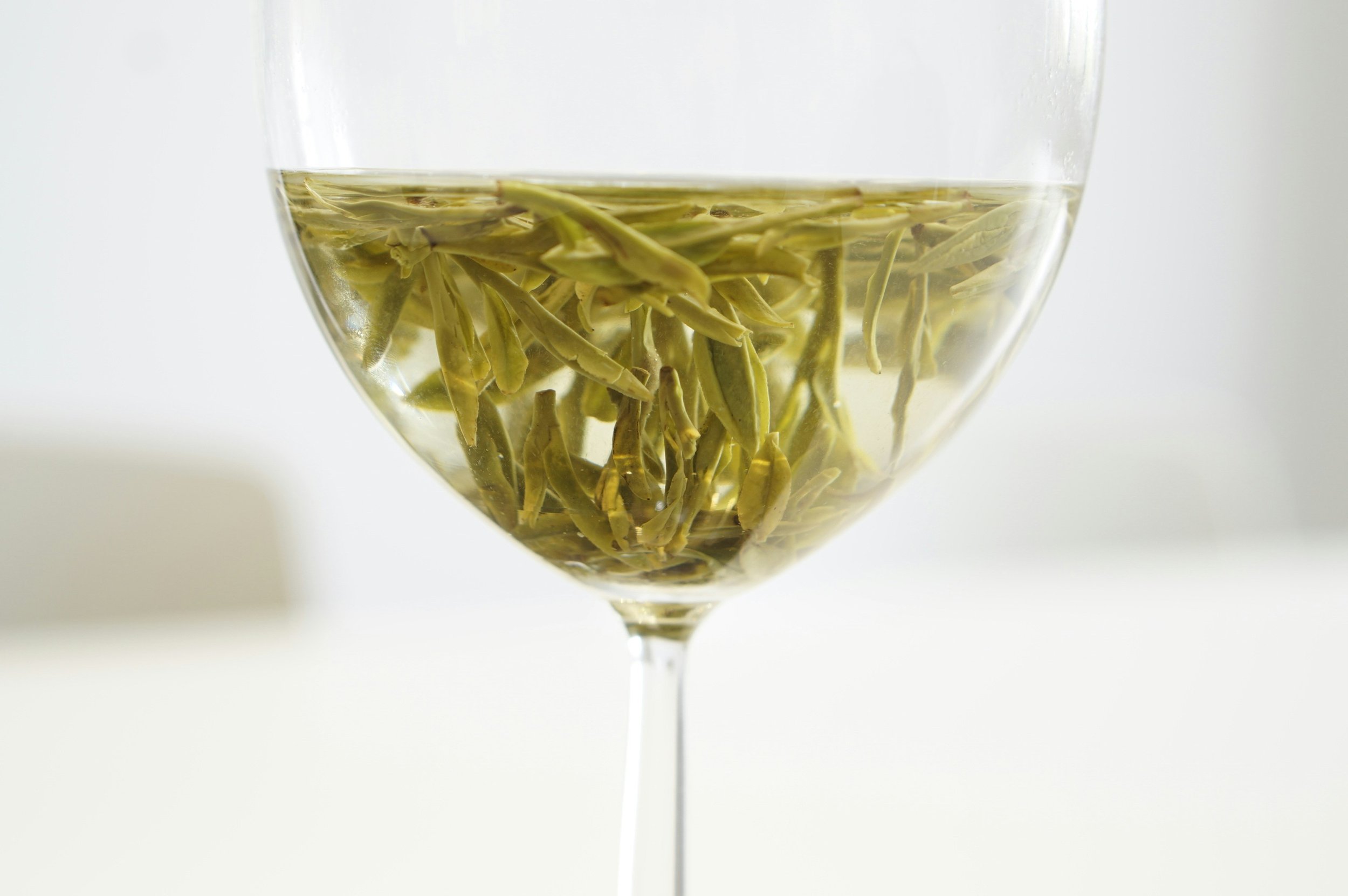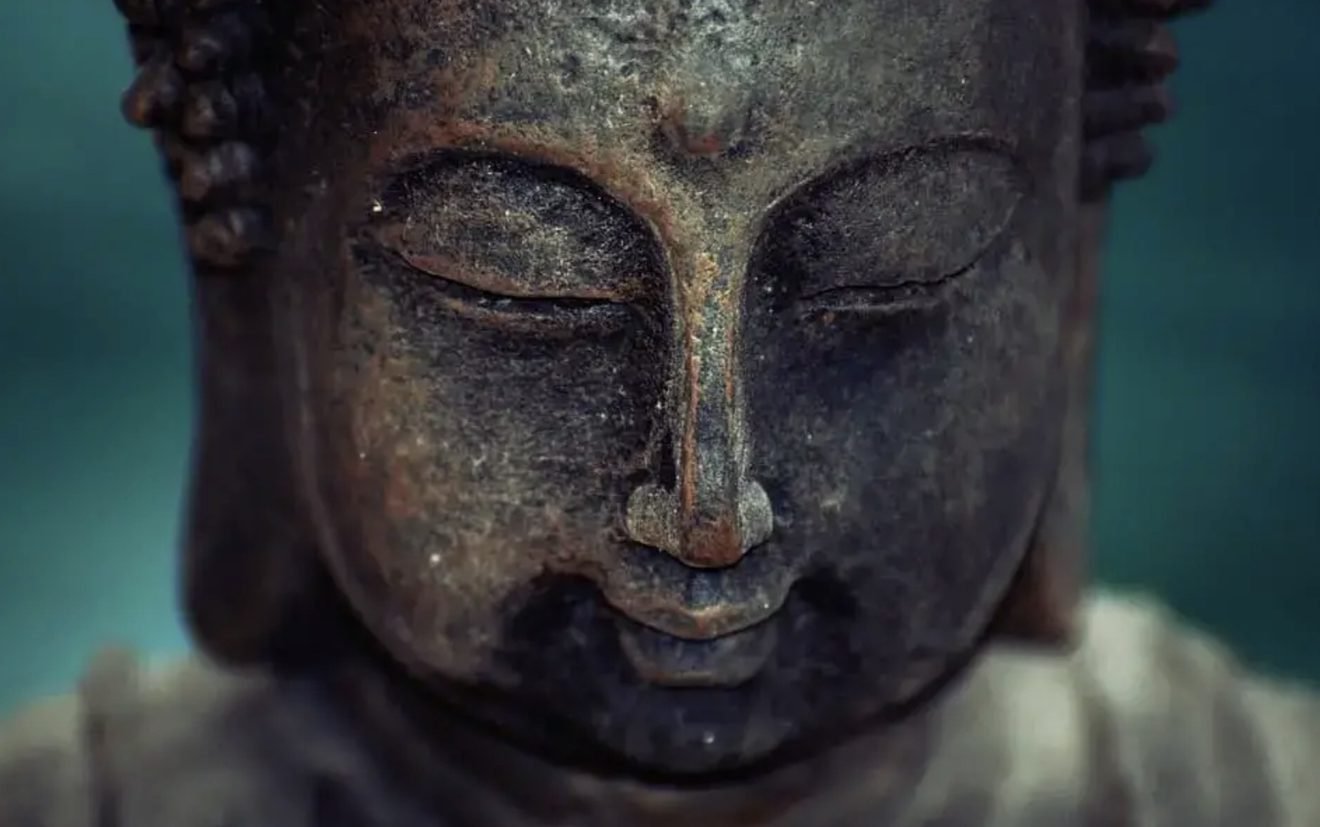From Cup to Glass: Exploring the Intersection of Tea and Wine Culture
Alice's Tea Cup, a New York City tea house that boasted 200+ teas, was my first legitimate restaurant job. The list went from Black teas with grades and flushes to greens and oolongs to whites and herbal tea offerings. Customers needed guidance and recommendations based on their taste preferences, so explainers on terms like "first flush" or the differences between Assam and Darjeeling were important to reduce the intimidation factor.
It was at a cupping for tea and coffee that I had my "aha" moment, tasting what reminded me of my Uncle's garden full of bell peppers and tomatoes in the cup. Unbeknownst to me, that tea education made my transition to a sommelier role in Austin, Texas, a little easier.
Being a sommelier in Austin means you eventually make it to the annual TexSom wine industry conference in Dallas, Texas. If you’ve taken a break from the conference sessions and tastings, you will likely be familiar with Kyle Stewart and Phil Krampetz of The Cultured Cup in Dallas, TX.
At every Conference and Awards, they set up and brew their carefully curated menu of teas, so when you stop by, you not only get to sip a cup but also enjoy a story and some education. You undoubtedly feel a sense of calm amongst the overstimulation that can occur at any wine conference.
When I asked Kyle how he curated what he poured at the TexSom Awards earlier this year, he focused solely on Chinese teas after traveling there recently, focusing on a word that wine people know best—terroir. "We had the Dan Cong yesterday, which is an oolong tea. There's this large mountain, Phoenix Mountain, and you can grow tea almost all the way up, but different regions have completely different styles. There could be dozens of different teas around the same mountain with different processing and preparation styles. And even if planted in one area, it will draw in the uniqueness of that soil and the terroir over time."
A frequent visitor to the cultured cup stand, Kyle and Phil invited me to volunteer this year at the World Tea Expo, held annually in Las Vegas, Nevada. My first assignment was to weigh teas to the precise gram for bags and time teas for the presentation in the main hall. My second shift was volunteering in the tea bar, where we sat down to taste starkly different teas from Vietnam and Myanmar while they primed me on their growing methods and soil types, followed by discussions about tasting notes, body, acid, and tannin.
Although it was my first tea conference, as I listened to Kyle's tea primer, his words sounded familiar - "It's terroir. It is a sense of place. It is the culture. And it's the technique."
I knew what to do, and I spoke the language.
As a wine professional, I quickly became familiar with the terms used to describe tea. Conversely, as a tea professional, Kyle finds that surrounding himself with wine professionals helps him communicate about tea: "[With a Mao Feng tea], because of the leaf shape style, it has kind of an oily feeling when drinking. And I made an analogy to a Viognier. Because a lot more people have been to a wine tasting than they have been to a tea tasting."
As we continue conversations about alcohol consumption, wellness, and the continually booming NA industry, we continue to look for non-alcoholic Negronis or alcohol-free sparkling wine copycats, but maybe the roadmap is already here.
Tea is a beverage that speaks to drinks professionals more like wine than a non-alcohol product might. It’s been around for thousands of years and is closely connected to culture and a sense of place. Tea also naturally contains compounds, including L-theanine, which has scientifically proven health benefits.
Preparing and consuming tea also involves a deep sense of ritual and stillness, and Kyle believes it puts people into a quiet, tranquil space. “Both wine and tea have ritual aspects to them. The commonality among all tea rituals is a relaxing kind of motion."
As many of us also begin to consider our drinking habits, one of the most challenging aspects can be enjoying a dining experience, and tea may also provide an answer to that. Kyle believes that tea doesn't just have to be at the end of a meal. Starting a meal with tea can give you a pause, put you in a focused and calm space, and help you move through courses and become more aware of what is there.
“There is a chef I know [in Dallas] who is passionate about every part of her meal. And she got to the point where if somebody didn't drink alcohol, she would say, "I can pair teas with the courses that you selected."
So, in the spirit of having a balanced glass, it doesn't have to be one or the other.
Nearly a decade ago, TexSom presented a comparative wine and tea tasting with Kyle and TexSom co-founder and Certified Tea Specialist James Tidwell. This type of education is a lesson in finding avenues of connection and inserting stillness into a sometimes frantic beverage industry. If we can look outside the wine industry bubble, we may find other ways to make sales yet still find connection and community—if we focus on the right ways.
Kyle advocates for better tea programs in restaurants and education for non-tea professionals. He would like to see tea be more than an afterthought. If the food and the wine were wonderful, why can't we have that kind of aha moment when we get to tea?
“The magic of tea is drinking it with other people, slowing down, and then having those conversations. That is the parallel that I see in every culture of which tea is a part, and it behooves us to think outside the box and collaborate. It's a beverage to connect with other people.”
Kyle may have been talking about tea, but I know I've heard those words before.
Drink up!
Rachel






